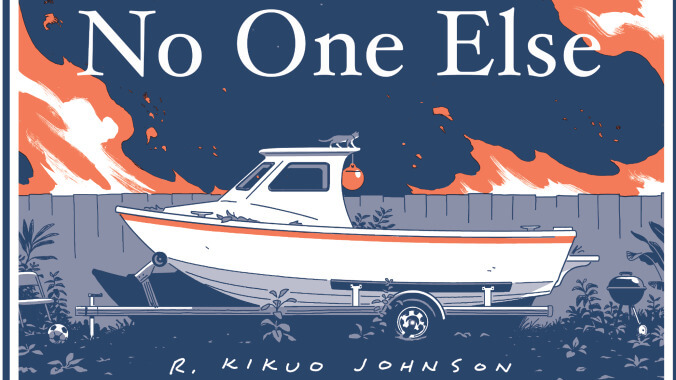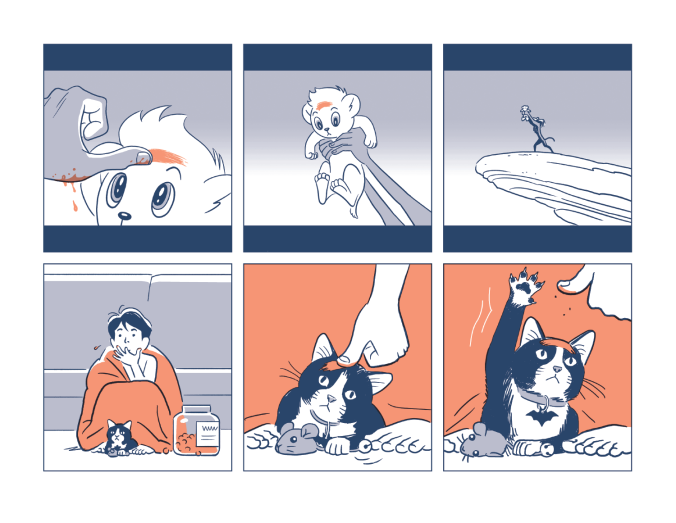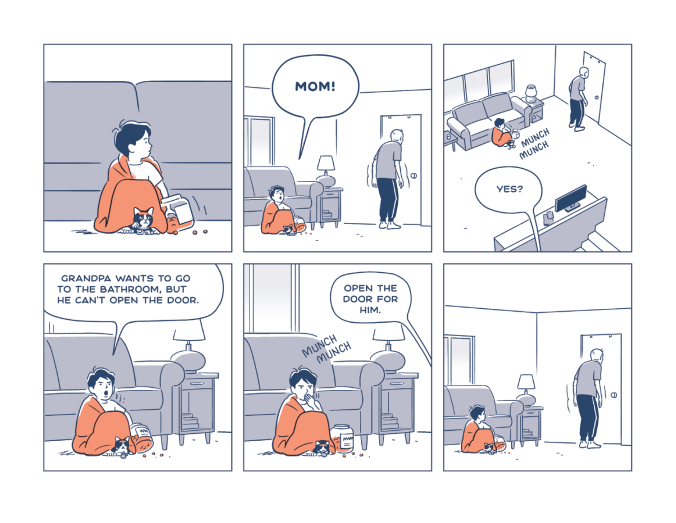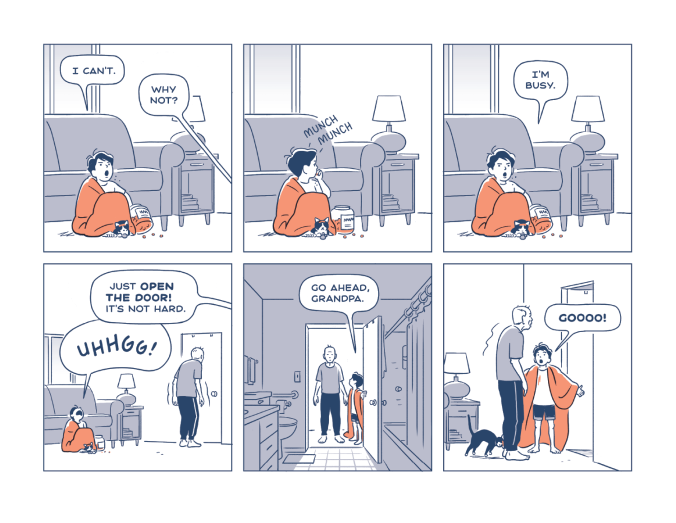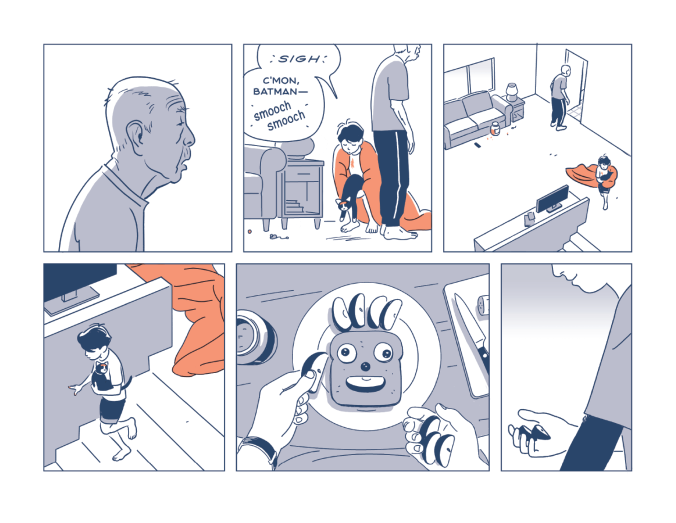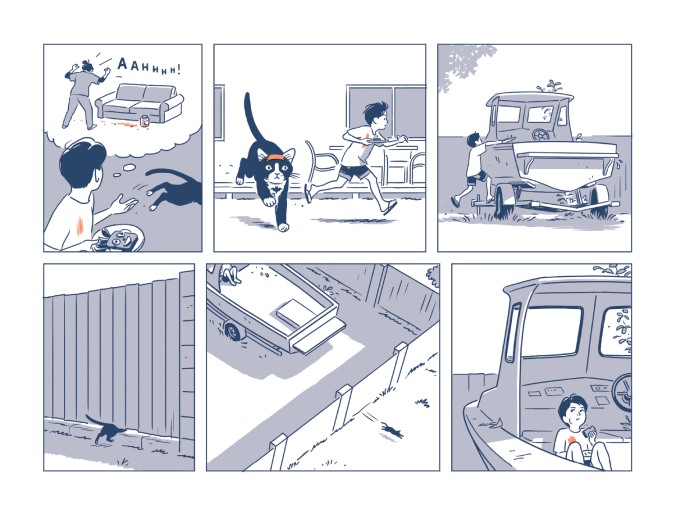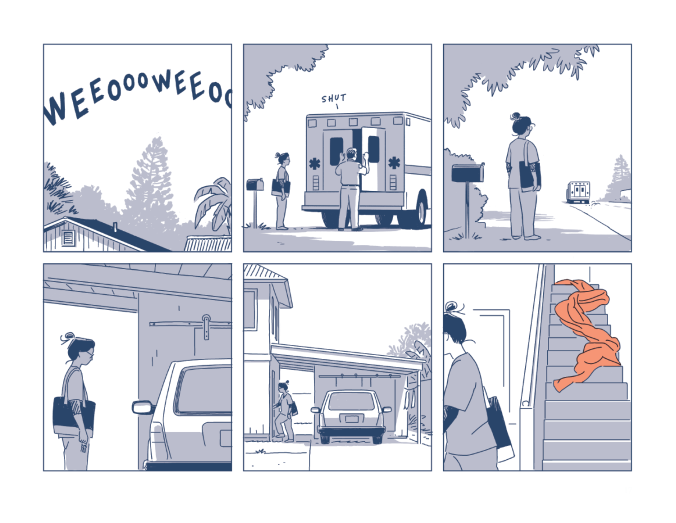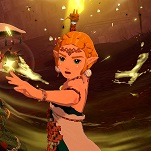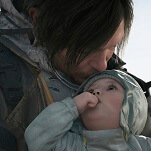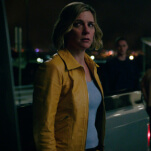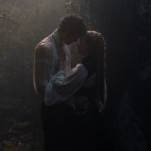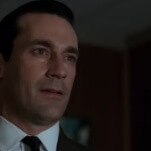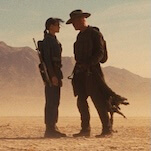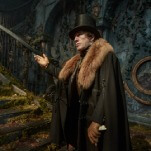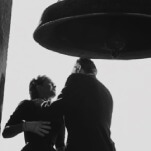It’s been 16 years since R. Kikuo Johnson’s graphic novel debut, Night Fisher, positioned him as one of the most promising new cartoonists of his generation. Then he became an illustrator for The New Yorker and put comics on the back burner, creating the occasional short and a graphic novella for developing readers, The Shark King, in 2012. During that time, Johnson has refined his ability to condense loads of information and emotion in a single evocative image. One of his New Yorker covers, “Delayed,” went viral earlier this year for its chilling depiction of an Asian woman and her daughter waiting for the subway at a time when violence against Asian-Americans is on the rise.
Johnson’s return to graphic novels, No One Else (Fantagraphics), uses that emotional clarity and insightful eye to tell a somber story about a young boy, Brandon, and his family reeling from recent tragedy. Night Fisher, recently rereleased by Fantagraphics, is the work of a much younger cartoonist, steeped in residual adolescent angst and drawn with an energetic line that reinforced the immediacy and intensity of teenage feelings. This new one is the work of a more advanced artist.
Like Night Fisher, No One Else takes place on Johnson’s home island of Maui, with the book’s events unfolding during the dying days of Maui’s commercial sugar industry. It ties this transitional moment for the family to a major period of change for the community around it, and as Brandon watches the burning of the nearby sugar cane fields, he gains a deeper awareness of mortality that triggers new fears.
The color palette is restricted to a dominant bluish gray with selective use of bright orange to give certain objects great visual importance. Cheese puffs and a quilt made by Brandon’s grandmother are both symbols of Brandon’s guilt, and their orange color connects them to the flames that spread beyond the sugar cane fields and into the boy’s nightmares. While these colors are typically presented in tense contrast, there’s one moment where they blend harmoniously: a two-page spread showing the grandfather’s boat out on the water, two fishing poles in the water, one bending with the pull of a fresh catch.
A dream or a memory, it represents a time in the past when the boat—currently sitting in Brandon’s backyard, covered in mold and foliage—was still a thing that brought the family together. The added movement of the fish on the hook in the distance brings life to the still image, drawing the reader deeper into the serene setting and creating a stronger impression of the unseen people occupying it. You can imagine the excitement: of reeling in that fish, the joy of a successful catch, the satisfaction of a family eating the food they caught together. It’s a silent two-page spread, but it evokes so much more than what it shows.
In his A.V. Club review of Night Fisher, Noel Murray calls Johnson’s depiction of Maui a “credit to the art form,” and his newest work continues to highlight the unique visual storytelling properties of comics. Much of this comes down to pacing and the way comics give the reader more control over narrative flow than other media. There are different layouts and page designs that can influence the reader to take in information more quickly or slowly, but ultimately, the reader is the one putting the pieces together, and has the power to stop and reevaluate how those pieces relate to ones that appeared earlier. And the specificity of Johnson’s work invites readers to think about the deliberate use of color, geometric shapes, spatial relationships, body language, and other visual elements.
Take the two full-page shots of the family’s kitchen, both presented from the exact same angle but evoking very different emotions. The reader can flip between the two images instantly and see how both the home and the emotional state of Brandon’s mother have drastically deteriorated in the short period of time between the two scenes. Johnson depicts the messiness of the house in meticulous detail, and packs a lot of plot development in the chaos.
The lack of food in the cabinets, the heaps of empty takeout containers littered around the room, the mother’s work badge covered in mail, the boxes of books… they all tell a story about what has changed, but they also compel the reader to go back and see what the room looked like before and consider how these environments and emotional states relate to each other. Those images and feelings from the past inform where the family is at now, and throughout No One Else, Johnson masterfully ties the visuals to the story’s thematic exploration of the ways the pains of the past reverberate through time.
